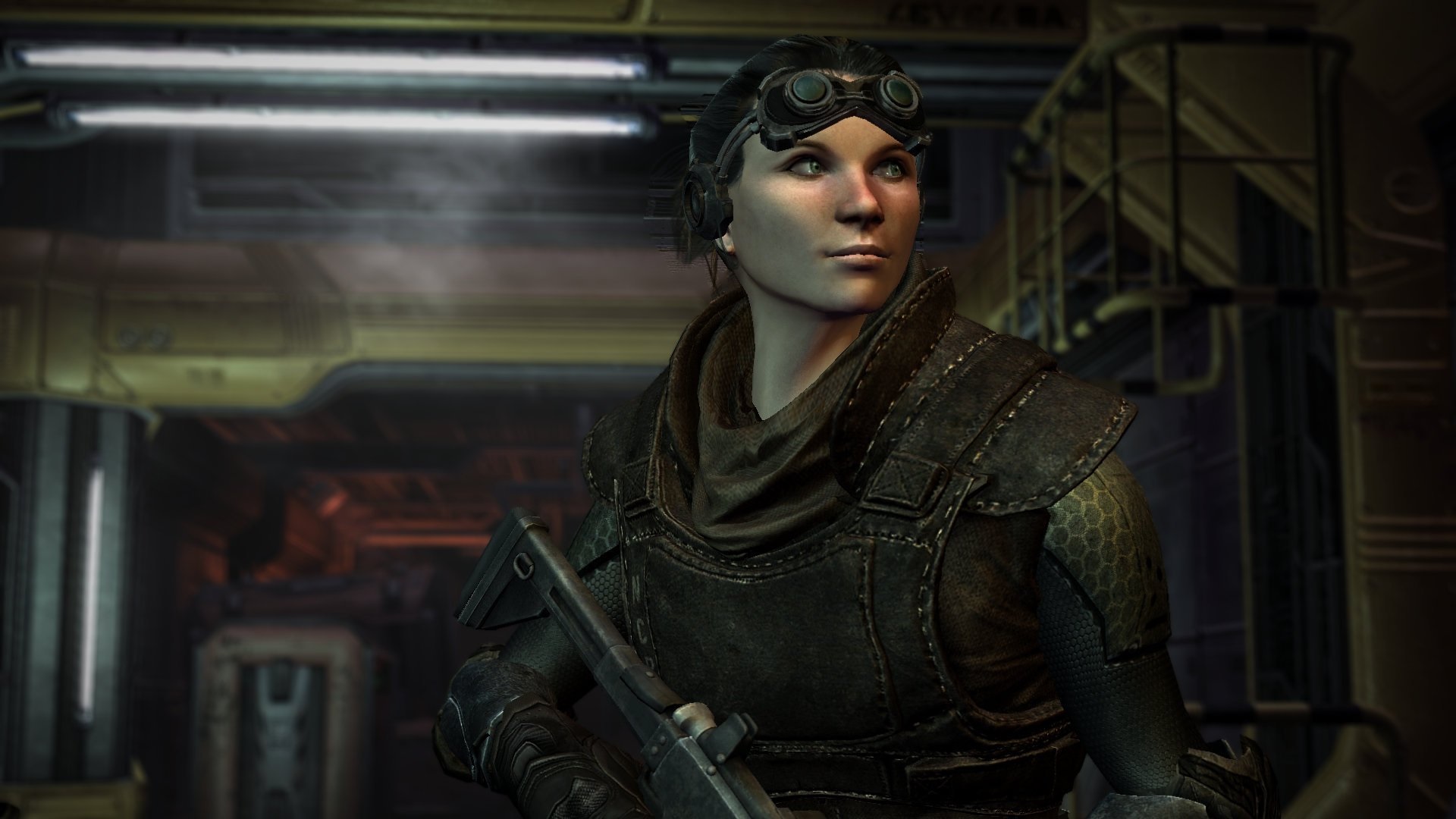

Weather can be changed using weather ID console commands.įallout 76 built upon and expanded the real-time weather system from Fallout 4. Radiation storms last for about two in-game hours and are comparatively rare in terms of weather conditions. Although lightning strikes, it doesn't rain during radiation storms. During this time, the outside world will gain a green tinge, and occasional flashes of lightning will inflict radiation damage to the Sole Survivor. These storms are brought in from the Glowing Sea and temporarily go over the majority of the Commonwealth. On occasion, a relatively more dangerous radiation storm may ensue. There is a chance for thunder (not related to the radiation-emitting lightning from radiation storms) while it is raining at night.

The length of these varies and progresses naturally as the day goes on. The world alternates between clear skies, assorted degrees of overcast, fog, and even rain.

The player character will experience frequent rainstorms during their travels around Zion Canyon.Ī comparison between two different weather types, fog and a radiation storm, at the same locationįallout 4, compared to the previous games has a much more immersive real-time weather system. The sound of thunder can be heard upon fast travelling to, or just standing around, Black Mountain. Fallout: New Vegasįallout: New Vegas was the first game in the series to introduce weather. A random encounter with a weary fisherman reveals there is apparently a regular "season of storms," not seen during the games timeframe. This extreme meteorological occurrence, which would go on for seven years, dominated the fate of some wasteland inhabitants. Despite being relatively sustainable communities, Modoc and Arroyo were hit particularly hard. In 2241, the Northern California area is suffering through a drought, the worst dry season in years, following an unusually short rainy season. Some Adytum citizens comment on the likelihood of rain soon, others note how previous rainfalls have been "glowing." Fallout 2


 0 kommentar(er)
0 kommentar(er)
